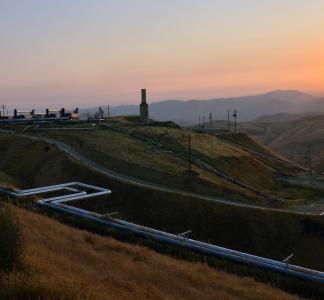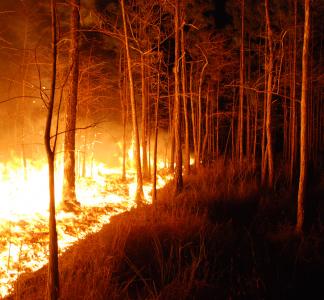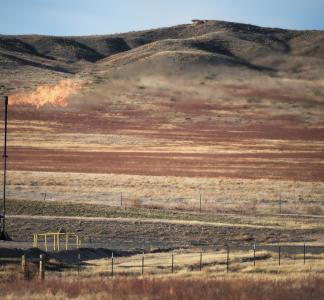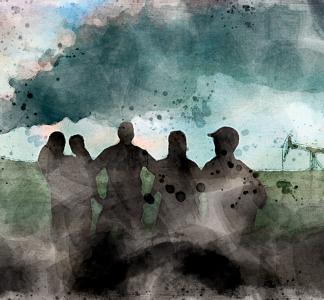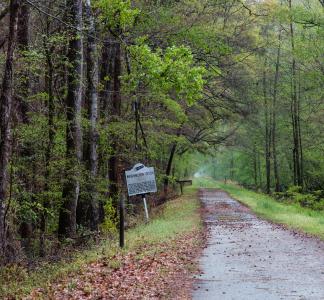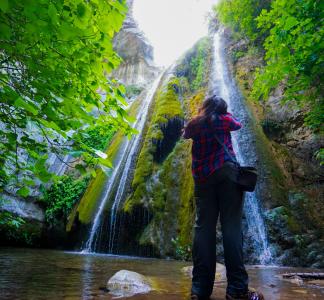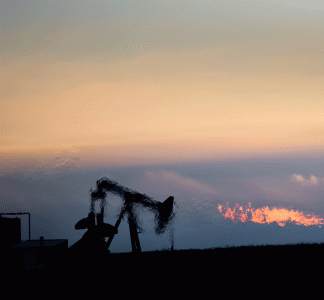7 ways oil and gas drilling is bad for the environment
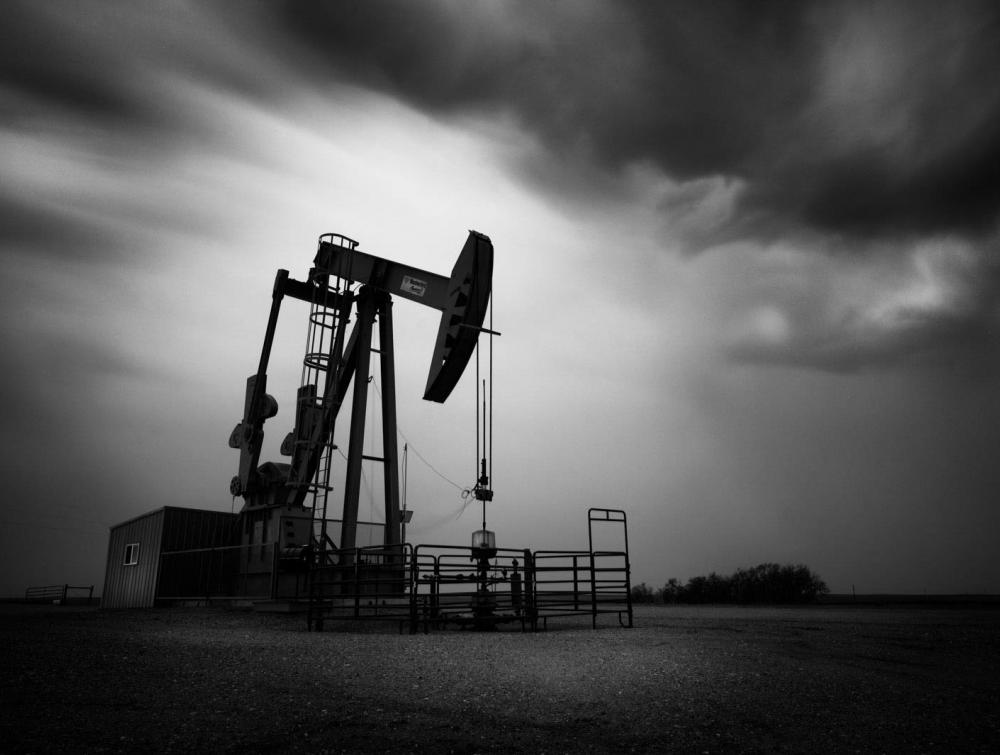
Reckless drilling can be devastating for the environment and local communities
David Kingham/Flickr
Oil and gas drilling is a dirty business
Oil and gas drilling has a serious impact on our wildlands and communities. Drilling projects operate around the clock generating pollution, fueling climate change, disrupting wildlife and damaging public lands that were set aside to benefit all people.
For many years the federal government prioritized the development of fossil fuels over habitat conservation and recreation. Federal agencies gave the oil and gas industry generous access to public lands, tax breaks and subsidies. With this support, the industry encroached upon too many of our nation’s wildlands.
The Biden administration is reviewing some of these processes but we are still living with the consequences. For a cleaner future, it’s critical to reduce fossil fuel drilling on public lands. We need to equitably transition to responsible renewable energy—including solar and wind—to fulfill our energy needs while preserving our environment and communities.
Here are seven impacts of oil and gas drilling:
1. Pollution impacts communities
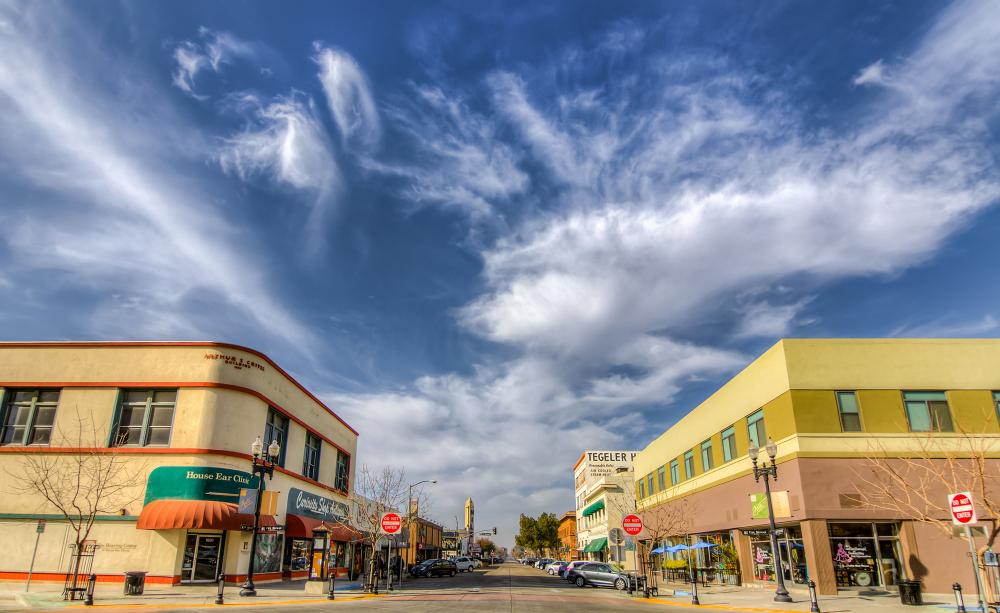
Residents of Bakersfield, CA, know all too well the consequences of having fossil fuel extraction in their backyards
David Seibold/Flickr CC BY-NC 2.0
A total of 1.2 million oil and gas production facilities scar the U.S. landscape—from active wells to processing plants. More than 12 million people live within 1/2 mile of these sites and are exposed to pollutants on a daily basis. What’s more, when fossil fuels are burned by automobiles, power plants and industrial facilities, they release even more impurities.
Air pollution from fossil fuels is known as the “invisible killer.” It can lead to respiratory, cardiovascular and other diseases and is responsible for more than 13 percent of deaths in people aged 14 and older in the United States. Fossil fuel development can also leak toxic substances into the soil and drinking water sources, causing cancer, birth defects and liver damage.
Black, Brown, Indigenous and low-income communities are disproportionately impacted since these groups tend to live in neighborhoods with more pollution. Not surprisingly, these communities are fighting back. In Greeley, Colorado, residents of a predominantly Latino and immigrant community are trying to close an oil and gas operation located two blocks from a public school. The original plan was to place the wells near a predominantly white school but the location changed after angry parents pushed back.
The health threats from oil and gas production are very real and it’s crucial to reduce fossil fuel development—especially on public lands that should be contributing to our health and well-being.
2. Dangerous emissions fuel climate change
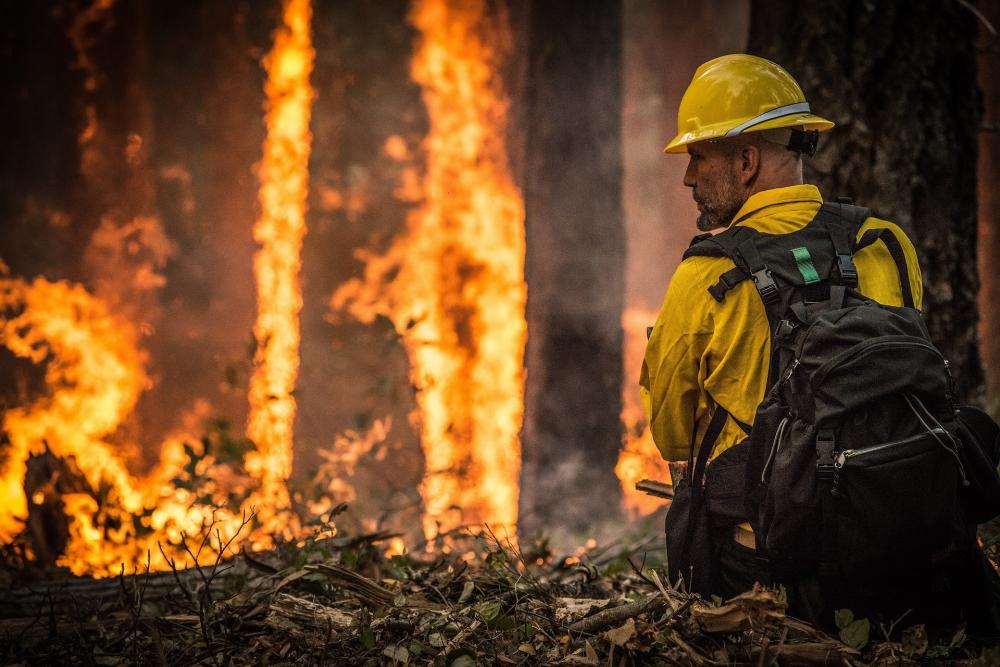
Longer wildfire seasons are a consequence of the planet’s rising temperatures
Skeeze/Pixabay
Climate change is happening here and now. The year 2020 was one of the warmest on record, wildfire season in the West is longer and hurricanes are more dangerous. These extreme weather events are directly linked to fossil fuels that release heat-trapping gases into the atmosphere.
While we are all impacted, Black, Brown, Indigenous and working-class communities are feeling the heat—quite literally. Due to unjust housing policies and practices, these communities often live in treeless, concrete neighborhoods that are more susceptible to extreme weather events. These groups also have a harder time accessing natural landscapes that can help mitigate climate impacts.
The United States is one of the world’s top emitters of greenhouse gases and almost one quarter comes from fossil fuel extracted on public lands. With better management, public lands can be a part of the solution instead of the problem. We can have less fossil fuel extraction on these lands and more responsible renewable energy.
3. Oil and gas development can ruin wildlands
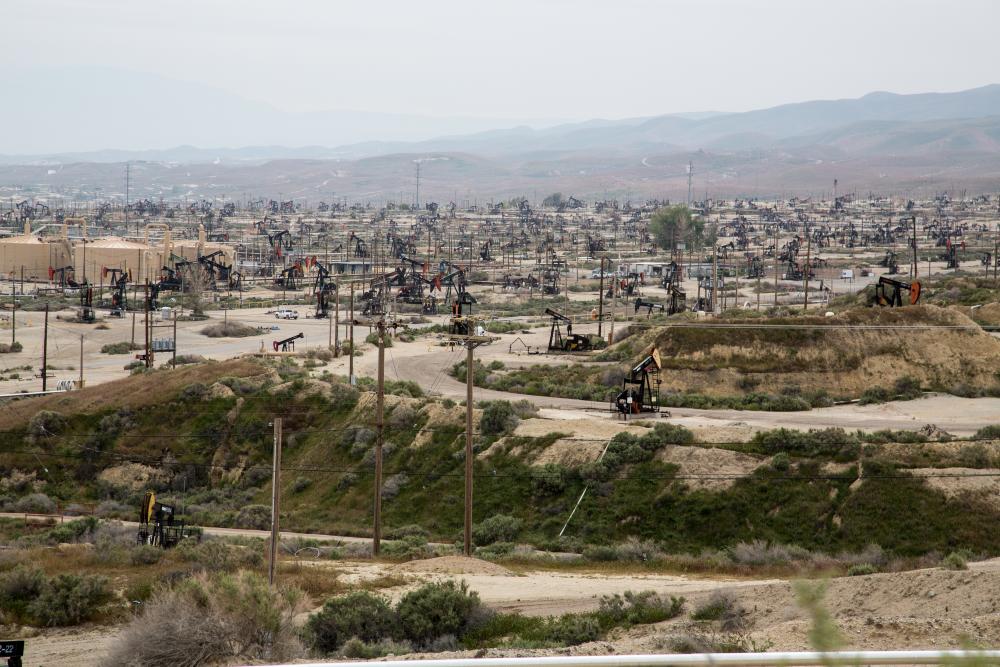
Oil and gas development on BLM lands around Bakersfield, CA
Bob Wick/BLM
Infrastructure built for oil and gas extraction can leave behind radical impacts on wildlands. The construction of roads, facilities and drilling sites requires the use of heavy equipment and can destroy big chunks of pristine wilderness. The damage is often irreversible.
On public lands, over 12 million acres are being used to produce fossil fuels–the equivalent of six Yellowstone National Parks. These developments typically remove large amounts of rangelands and vegetation that is used by wildlife and people. Even if oil and gas companies eventually abandon these sites, it can take centuries before they fully recover.
What’s more, many fossil fuel developments are located in the West and in a semi-arid climate that receives little precipitation. A full recovery would require human intervention and a bundle of resources.
4. Fossil fuel extraction turns visitors away
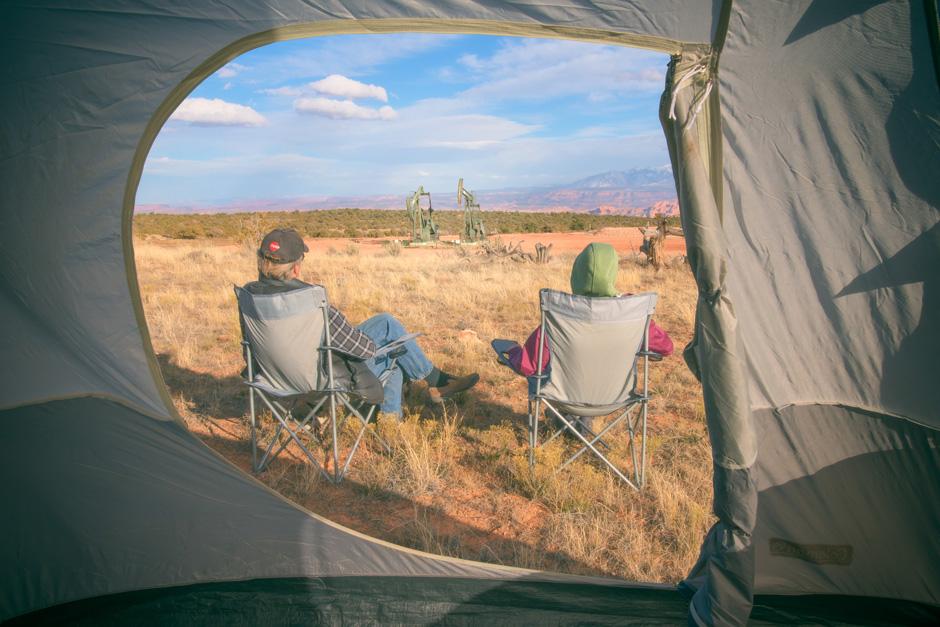
The unsightly effects of oil and gas can degrade visitors’ experience on public lands
Mason Cummings, The Wilderness Society
Hunters, anglers, hikers, birders and vacationing families go into the wilderness to experience nature in all its beauty. Oil tanks, power poles, noisy compressors and busy roads are not what they expect to see. Too much noise, air pollution or damaged landscapes can ruin anyone’s getaway.
The unsightly effects of oil and gas can ultimately hurt local communities that depend on tourism for a living. Outdoor recreation is a big driver of local and national economies. In 2019, visitors to national parks spent an estimated $21.0 billion on their trips and supported 341,000 jobs, according to the National Park Service.
If polluters continue to call the shots on public lands, they’ll usher in a new era of unchecked energy development on wildlands that deserve preservation.
5. Drilling disrupts wildlife habitat
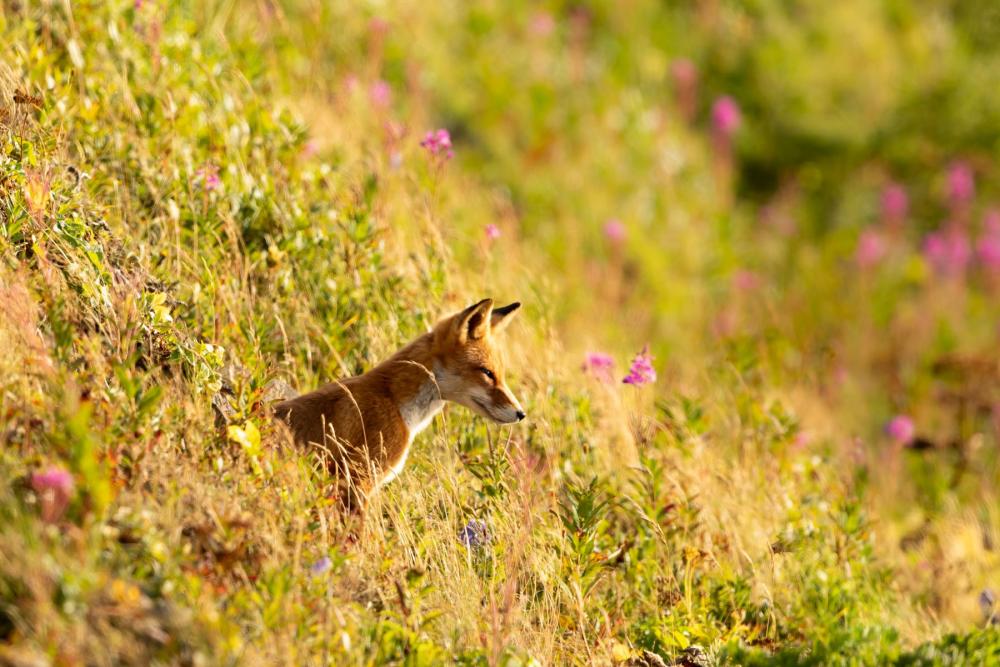
Fox in green grass and pink flowers in Izembek National Wildlife Refuge, AK.
Lisa Hupp
Oil and gas extraction is a menace to wildlife. Loud noises, human movement and vehicle traffic from drilling operations can disrupt animals’ communication, breeding and nesting. Powerlines, wellpads, fences, and roads can also fragment habitats for many species.
The pronghorn antelope and mule deer in Wyoming are among the species most impacted. In the winter, some pronghorn travel south from the Grand Teton National Park to the Upper Green River Valley to escape heavy snow. Their journey is one of the longest big game migrations in the country.
But recently, animals making this age-old trek have faced a series of obstacles, notably, intense activity in major natural gas fields. The pronghorn have to navigate past enormous well pads and noisy compressor stations to find what forage hasn’t been bulldozed. Future energy development farther south could ultimately have major impacts on the abundance of this herd.
6. Oil spills can be deadly to animals
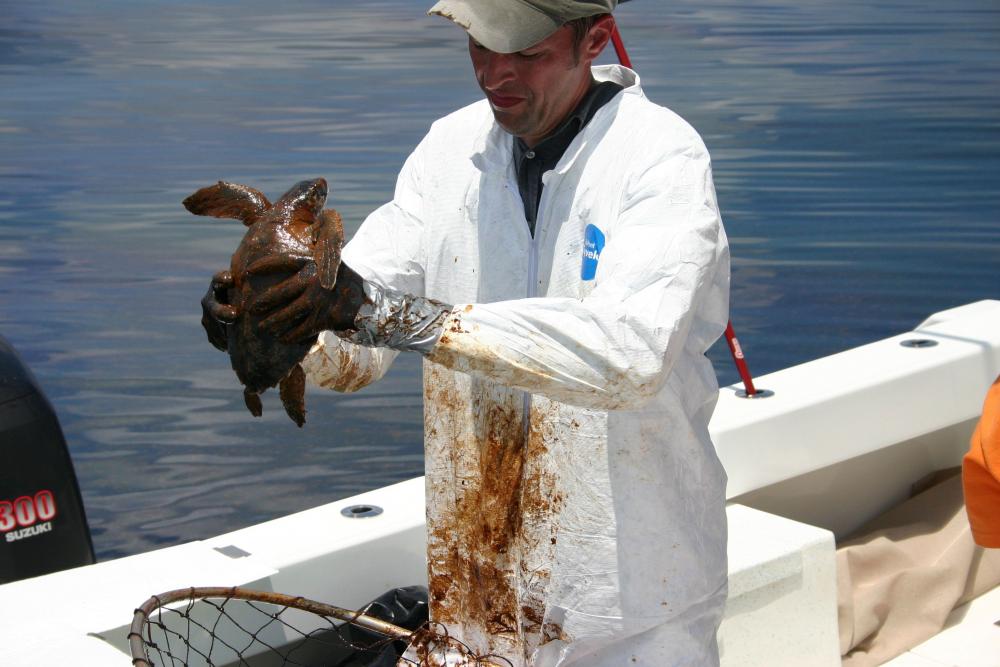
Dr. Brian Stacy, NOAA veterinarian, prepares to clean an oiled Kemp's Ridley turtle after the Deepwater Horizon oil spill
NOAA and Georgia Department of Natural Resources/Flickr CC BY 2.0
Big oil spills are big killers of wildlife and can cause long-lasting damage to marine ecosystems. Just think of BP’s Deepwater Horizon spill in the Gulf of Mexico. The 2010 incident spread oil across 68,000 square miles of sea surface and killed approximately 1 million seabirds, 5,000 marine mammals and 1,000 sea turtles.
Smaller spills during oil and gas extraction don’t always make headlines but can also be dangerous. Drilling fluids injected into wells for lubrication—known as "mud"—are supposed to be captured in lined pits for disposal. However, they often leak and are splashed around drilling sites.
Big and small oil spills are common in top producing states. A recent report by the Center for Western Priorities found that 2,179 spills were reported in Colorado, New Mexico and Wyoming in the year 2020. These incidents can have devastating effects on local wildlife through direct contact, inhalation and ingestion of toxic chemicals.
7. Light pollution impacts wildlife and wilderness
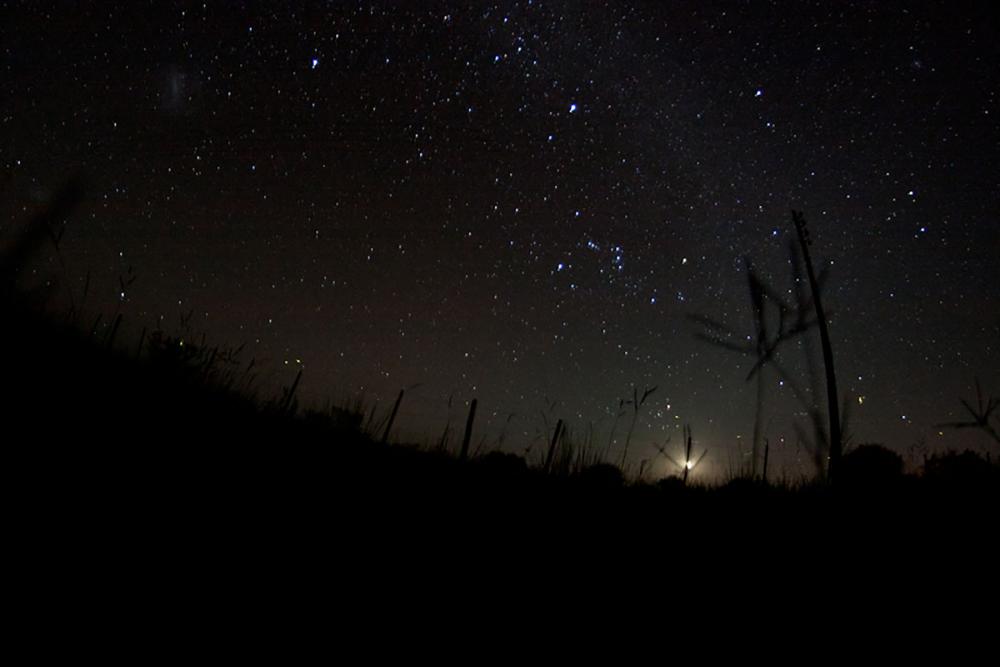
Chaco Canyon is considered one of the best places in the world to stargaze
Sky over Chaco/Arcadiuš/FLICKR CC BY 2.0
The glare from oil and gas sites is so strong that it’s visible from space. Photos of Earth taken by NASA satellites show North Dakota's Bakken oil fields burning almost as bright as Minneapolis and Chicago. Much of that light is produced by the burnin, or flaring, of natural gas, well pads and storage sites.
Scientists have found that the bright glow can hurt pollinators such as bees. These insects have the very important job of moving pollen around, which helps to generate new fruits and plants. But luminosity disrupts their sleep, feeding and reproductive cycles, which in turn leads to the dwindling of plants such as the cabbage thistle.
The brightness is also changing important cultural landscapes like the Chaco National Park. The park is one of the best places in the world to stargaze, but its pristine skies could disappear to the human eye due to glare coming from oil and gas complexes. The show could come to an end if the federal government doesn’t permanently protect the area from this type of development.
Communities at the heart of climate action
Great Dismal Swamp an irreplaceable hub of Black and Indigenous history
M. Reed, NPS Natural Resources, Flickr
House votes to protect millions of acres of wilderness and other public lands in sweeping legislation
Darryl Vigil via Missy Adventures, Flickr
Taking public lands back from polluters
Mason Cummings.
